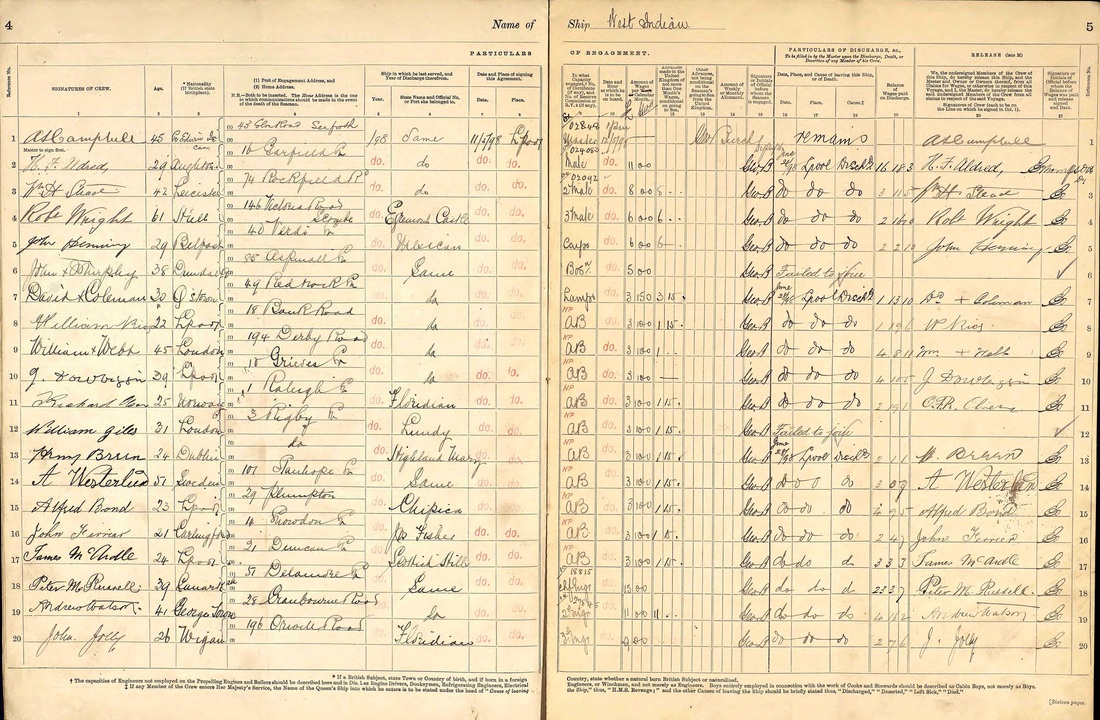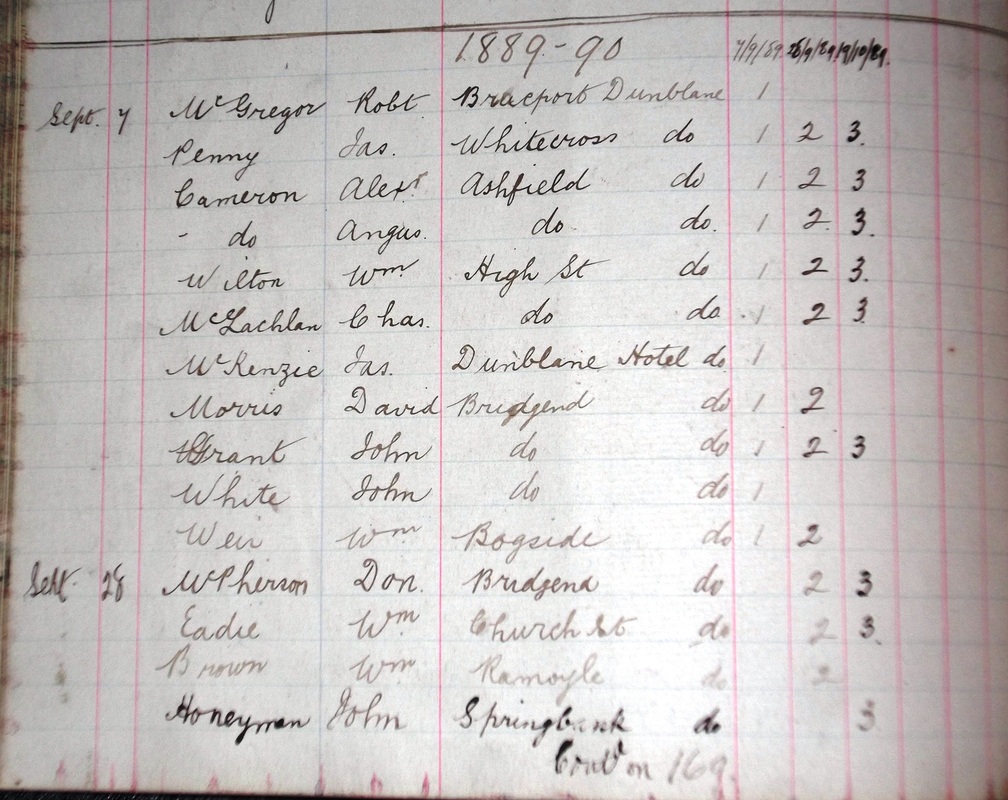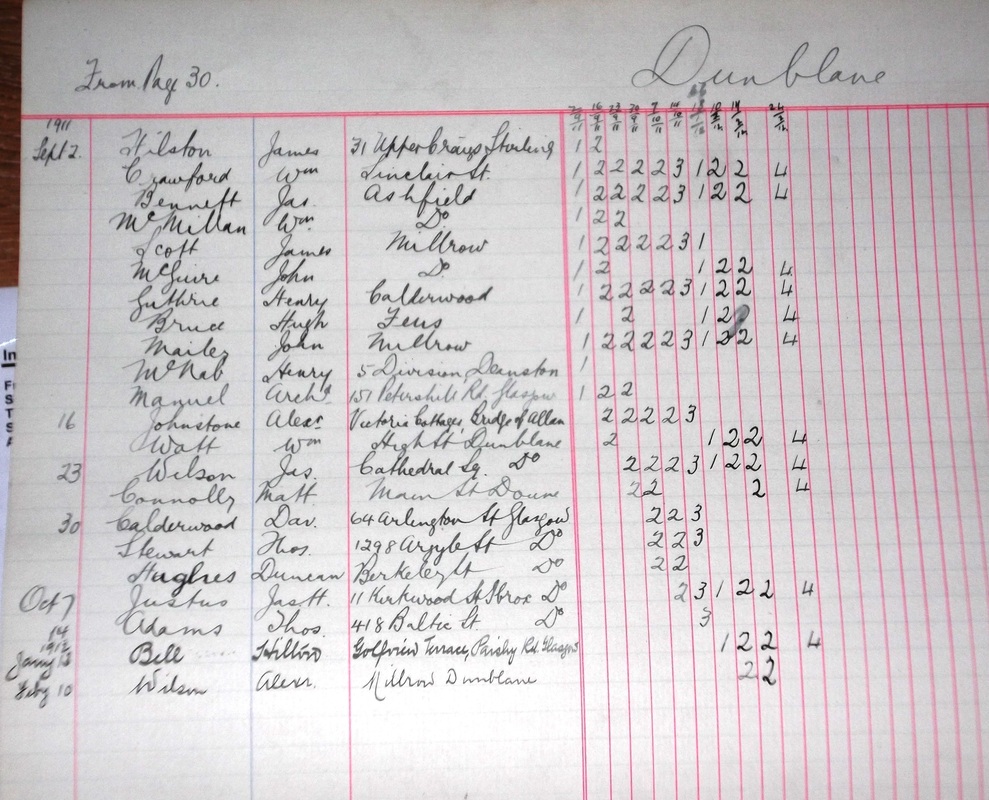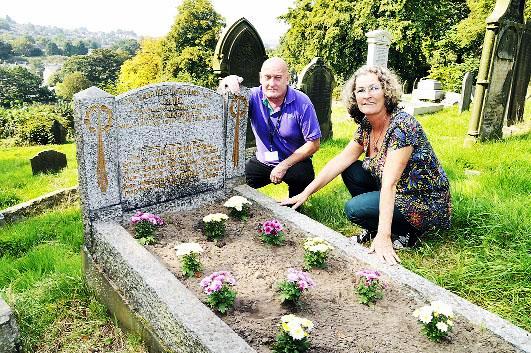Robert Bradley and Douglas Gorman have been assiduously researching the history of football in the Birmingham area, and they have written an account of the England v Scotland junior games of 1908, 1925 and 1935. Their fascinating account, entitled The Hawthorns Series, reveals what happened to the players in the annual matches between the Birmingham and District FA and the Scottish Junior FA. Famous names such as Peter Nellies, Dougie Gray and Jock Brown are included, as well as many lesser lights who still had a worthwhile professional career.
Robert and Douglas have published the article here on this website to give it a wider audience, and I would welcome submissions from any other researchers who have written new and original work on Scottish Sport History.
Click here to read The Hawthorns Series (pdf).
NB article updated, most recently June 2019.






 RSS Feed
RSS Feed